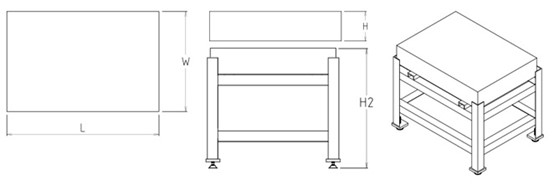ທ.ວ. . 30, 2024 23:21 Back to list
non return valve types
Understanding Non-Return Valve Types A Comprehensive Guide
In the world of fluid dynamics and control systems, valves play a crucial role in ensuring the proper flow of liquids and gases. Among these, non-return valves—widely known as check valves—are essential components that prevent backflow, ensuring fluids flow in only one direction. This article aims to explore the different types of non-return valves, their functionalities, and applications.
What is a Non-Return Valve?
A non-return valve is a type of valve that automatically prevents the reverse flow of fluid. It functions based on differential pressure, with the valve opening when the fluid flows in one direction and closing when the flow reverses. This characteristic is crucial in various applications, including water supply systems, sewage systems, and industrial processing.
Types of Non-Return Valves
There are several types of non-return valves, each designed for specific applications and operating conditions. Here are some of the most common types
1. Swing Check Valve Swing check valves use a hinged disc that swings open to allow fluid to pass and swings shut to prevent backflow. They are often used in horizontal pipelines and are best suited for high-flow systems. However, they may require a certain amount of fluid pressure to completely close.
2. Lift Check Valve In contrast to swing check valves, lift check valves feature a disk that moves vertically inside the valve body. The fluid pressure acts on the disk, lifting it to allow flow. When the pressure drops or reverses, the disk falls back into its seat, preventing backflow. These valves are ideal for vertical installations or applications that require quick response times.
non return valve types

3. Ball Check Valve Ball check valves utilize a spherical ball that moves within a cylindrical chamber. The ball is lifted off its seat by the flow of the fluid, allowing passage. When the direction of flow reverses, the ball falls back onto its seat, sealing off the flow. These valves are compact and can handle various fluid types, making them suitable for both water and chemical applications.
4. Dual Plate Check Valve This type features two plates that open to allow fluid flow. As the flow stops or reverses, the plates quickly close, minimizing backflow. Dual plate check valves are compact and lightweight, making them ideal for high-pressure applications and environments where space is a constraint.
5. Spring-Loaded Check Valve Also known as a spring check valve, this type utilizes a spring mechanism to hold the valve in a closed position until the pressure from the incoming fluid is sufficient to open it. As a result, these valves provide enhanced sealing capabilities and are suitable for applications where precise control is necessary.
Applications of Non-Return Valves
Non-return valves are employed in numerous industries and applications, including
- Water and Wastewater Treatment Preventing the backflow of contaminated water into clean water supplies is critical for public health. - HVAC Systems Ensuring that heated or cooled air does not flow backward in ventilation systems. - Pumping Systems Protecting pumps from damage caused by backflow, which could lead to increased wear and tear or pump failure. - Industrial Processes Non-return valves are commonly used in pipelines for chemicals and other fluids, safeguarding systems from backpressure and contamination.
Conclusion
In conclusion, non-return valves are vital components in various fluid systems, providing safety, efficiency, and reliability. With several types available, choosing the right non-return valve for a specific application depends on factors such as pressure requirements, fluid types, and installation conditions. Understanding these different types and their uses can significantly enhance system performance and longevity, making a well-informed selection critical in design and operational phases.
-
Why Metric Trapezoidal Thread is Ideal for Precision Motion ControlNewsAug.05,2025
-
The Unique Properties of a Block of Granite for Industrial UseNewsAug.05,2025
-
The Role of Flanged Y Strainers in Preventing Pipeline ClogsNewsAug.05,2025
-
The Importance of Regular Calibration for Master Ring GagesNewsAug.05,2025
-
How a Cast Iron Surface Table Enhances Accuracy in ManufacturingNewsAug.05,2025
-
Comparing Different Check Valve Types for Optimal Flow ControlNewsAug.05,2025
Related PRODUCTS









